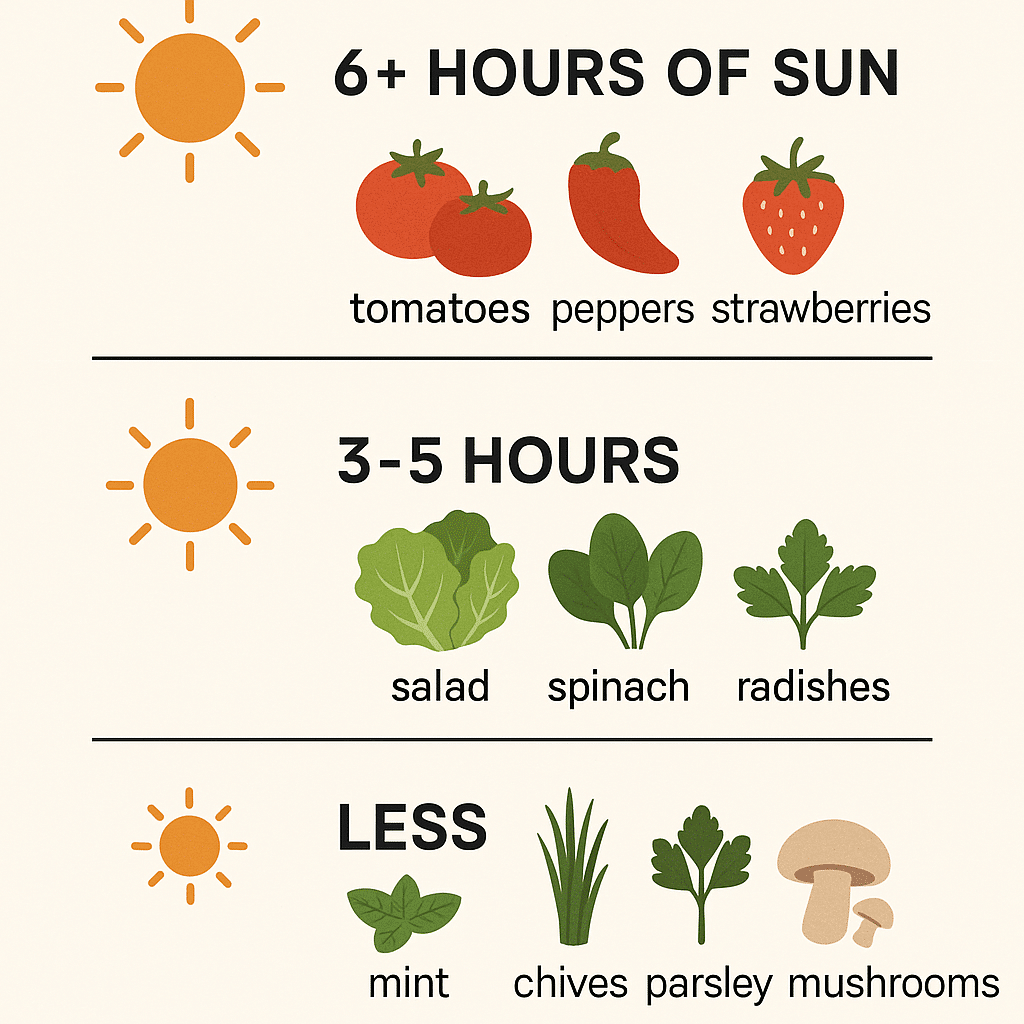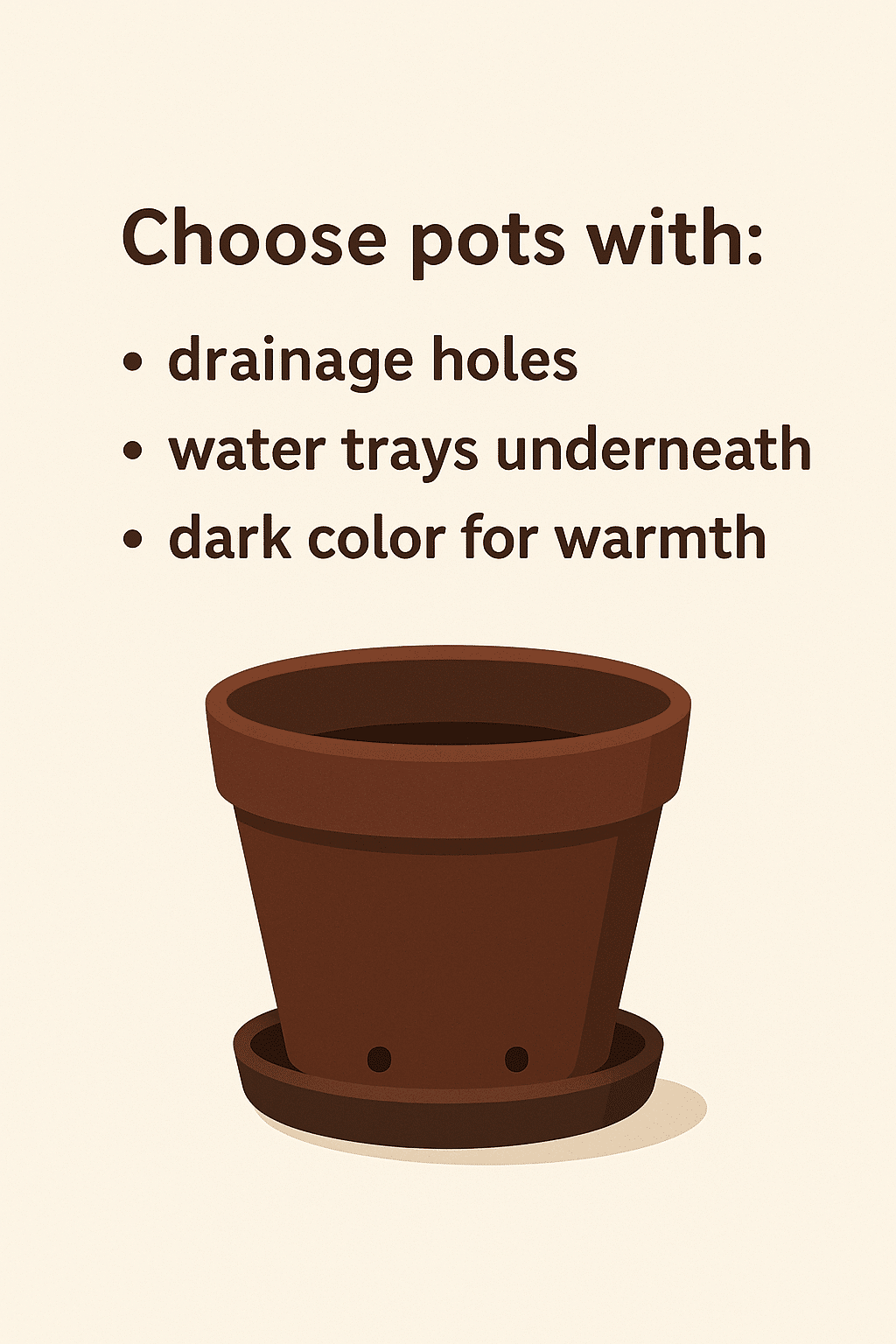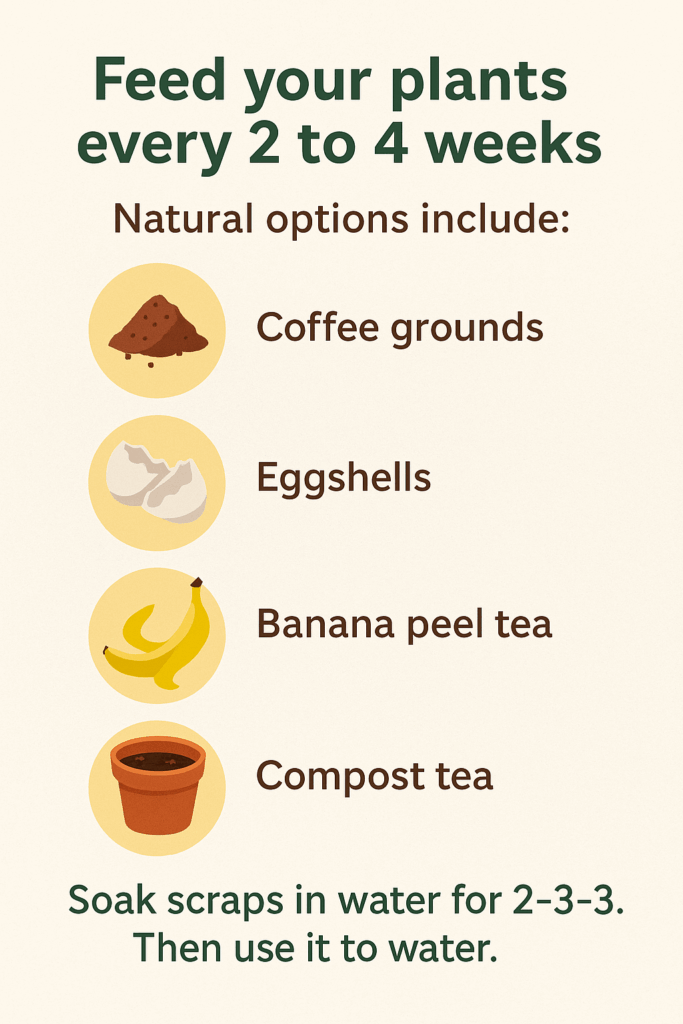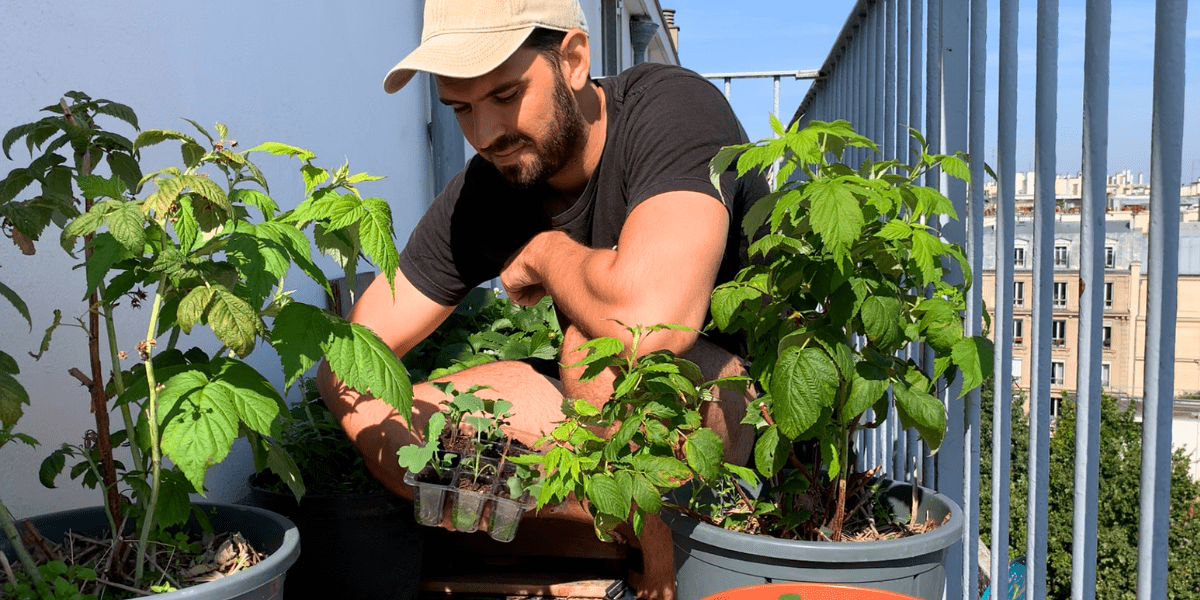When I first started gardening on my small Parisian balcony, I had no idea what I was doing. Like many city dwellers, I longed for a connection to nature—but with only a few square meters and no gardening background, I wasn’t sure where to begin. Could I really grow tomatoes? Would flowers survive the wind? Was I wasting my time?
Turns out, I wasn’t. Over the years, my balcony transformed into a living, breathing patch of green. I’ve made mistakes, experimented, and learned—often the hard way—but the satisfaction of growing even a handful of herbs or watching bees visit my flowers is something I wouldn’t trade.
This article is based on that experience. Whether you’re a complete beginner or looking to improve your setup, here’s a comprehensive and realistic guide to gardening on a balcony—challenges included.
1. Choosing the Right Plants for a Balcony Gardening Environment
Edibles: Herbs and Vegetables That Work
Start with easy wins: cherry tomatoes, radishes, lettuce, and arugula all do well in garden pots. I’ve had great success with basil, parsley, and mint, though mint needs to be contained or it takes over everything.
The key is to understand your microclimate. Balconies facing south or west get more sun and heat, which benefits fruiting plants like tomatoes or peppers. Shadier spots are better for greens and herbs.

Flowers: Color and Pollinator Appeal
To bring life and beauty to your balcony, flowers are essential. Petunias, nasturtiums, and geraniums have bright blooms and tolerate containers well. You can mix these with edible flowers like calendula or chives, which attract beneficial insects.
Vertical Space: Climbing and Hanging Plants
Balconies are usually short on square footage. That’s why you can use walls and railings. Clematis, sweet peas, or climbing beans are excellent for vertical growth, and hanging baskets with trailing lobelia or strawberries can free up floor space.
I’ve also made a video showing exactly how I do this on my own balcony.
It’s called “Balcony Gardening for Beginners: 20 Easy Hacks and Ideas to Start”, and it’s packed with simple, practical tips you can try today. Watch it here :
2. Smart Balcony Setup and Space Optimization
Containers: Materials and Drainage
I’ve used everything from old tin cans to large terracotta pots. Each has its pros and cons:
- Terracotta breathes well, which helps with drainage but dries out quickly.
- Plastic retains moisture longer and is lighter—good if your balcony has weight restrictions.
Whatever you choose, always make sure there are drainage holes. Soggy roots = dead plants.

Soil: The Foundation of Healthy Growth
Container plants rely entirely on you for nutrients. Use high-quality potting mix, not garden soil. Mixes enriched with compost or perlite improve drainage and structure.
Each season, you can refresh the top layer with compost or worm castings. It makes a big difference.
Vertical Systems and Shelving
If you’re short on space, vertical gardening is essential. Stackable shelves, pallet walls, or even shoe organizers can hold small pots. Just make sure everything is stable and safe from wind gusts.
I’ve also made a video showing exactly how I do this on my own balcony.
It’s called “Balcony Gardening for Beginners: 20 Easy Hacks and Ideas to Start”, and it’s packed with simple, practical tips you can try today. Watch it here :
3. Water Management: Going Beyond the Watering Can
Daily Watering: Manual or Automated
Potted plants dry out fast, especially in summer. I water daily during hot months, usually early in the morning to avoid evaporation. If you travel, a drip irrigation kit or self-watering containers can be a lifesaver.
Rainwater Harvesting
A tip I learned from a neighbor: collect rainwater. Even on a balcony, placing a small barrel, tank, or even a bucket under a gutter or railing can help. Rainwater is naturally soft and better for many plants than hard tap water.
Besides being more ecological, it saves money—and it feels great to reuse what nature gives you for free.
4. Fertilizing Your Balcony Gardening
Liquid Fertilizers
I use liquid fertilizers when I want a quick boost—especially for flowering plants or tomatoes during the growing season. They’re fast-acting but need to be applied more frequently, usually every 1–2 weeks.
Slow-Release Fertilizers
Granular fertilizers or sticks are easy to apply and last longer. I use them at the start of the season and supplement with liquids as needed.
What About Composting ?
I don’t do vermicomposting (yet)—no worm bin under my sink—but I’ve looked into it. It’s a great system for those who want to reduce waste and produce their own compost and “worm tea” at home.
In Paris (and in other cities), however, there’s a growing network of eco-friendly collection points where you can bring your kitchen scraps. Local community gardens and eco-places often accept vegetable peels, coffee grounds, and other compostable matter. In return, you can usually pick up finished compost—a great way to feed your plants without managing compost yourself.
This kind of system works well if you don’t have the time, space, or desire to handle composting indoors but still want to close the loop and give back to the soil.
5. Plant Health: Prevention and Natural Solutions
Observation and Prevention
One of the best habits I developed is checking my plants regularly. A yellowing leaf, tiny webs, or holes can be early signs of trouble. I also space plants out to improve air circulation, which prevents mold and fungus.
Natural Treatments
When I need to act, I avoid chemicals. Some of my go-to solutions and great garden hacks :
- Black soap spray (diluted) for aphids
- Nettle tea or horsetail decoction to strengthen plants
- Garlic spray for fungal prevention
These treatments are simple to make and safe for pollinators.

6. Supporting Biodiversity on Your Balcony
Pollinator-Friendly Planting
Over time, I began to see more bees and butterflies visiting my balcony—especially when some of my vegetables, like onions and dill, started to flower. That’s when I realized the ecological value of letting certain plants bloom.
You can also plant flowers not just for their appearance, but for their role in supporting pollinators. Flowers such as:
- Lavender, borage, thyme, echinacea for bees
- Buddleia, cosmos, verbena for butterflies
- Alyssum and calendula for hoverflies
Grouped plantings work best—pollinators prefer clusters of the same species.
Shelter and Resources
Pollinators and beneficial insects need more than food. You can provide:
- A shallow water dish with pebbles for bees to land on
- Insect hotels tucked in a sunny corner
- Dead twigs or leaves in a planter corner as winter shelter
Avoiding synthetic pesticides is essential if you want to support life on your balcony.
A Tiny Part of a Bigger Network
It might not seem like much, but when hundreds of balconies in a city make space for nature, they create a connected web of urban biodiversity corridors. Your flowers can be a stopover for a butterfly or a nesting site for solitary bees.
That awareness changed how I garden.
7. Cold Season Care: Don’t Forget Winter
Protecting Tender Plants
Some plants—like basil or certain succulents—don’t survive the cold. When temperatures drop, you can bring them inside or place them under a covered veranda if possible. Others can be wrapped with fleece or horticultural fabric for frost protection.
Pot Management
Pots left on cold tile floors risk cracking or root damage. You can raise your pots on wooden slats or bricks during winter. It improves drainage and insulates roots from direct contact with frozen surfaces.
Taking care of plants year-round makes a big difference when spring returns.
Balcony gardening isn’t always simple. You’ll forget to water. Something will get eaten. A plant you love might not survive the season.
But the beauty of it lies in the learning. Every year, I get a little better. I grow something new. I make mistakes, adjust, and grow again. And each plant that thrives reminds me that even in the middle of the city, life can take root.
If you’re just starting, start small. Experiment. Observe. Let it be messy at times. But don’t give up. Your balcony can become not just a personal refuge, but a meaningful piece of the urban ecosystem.
🌿 Join Our Balcony Gardening Community !
Share your balcony garden progress, get feedback from other urban gardeners, and discover new ideas every week.

